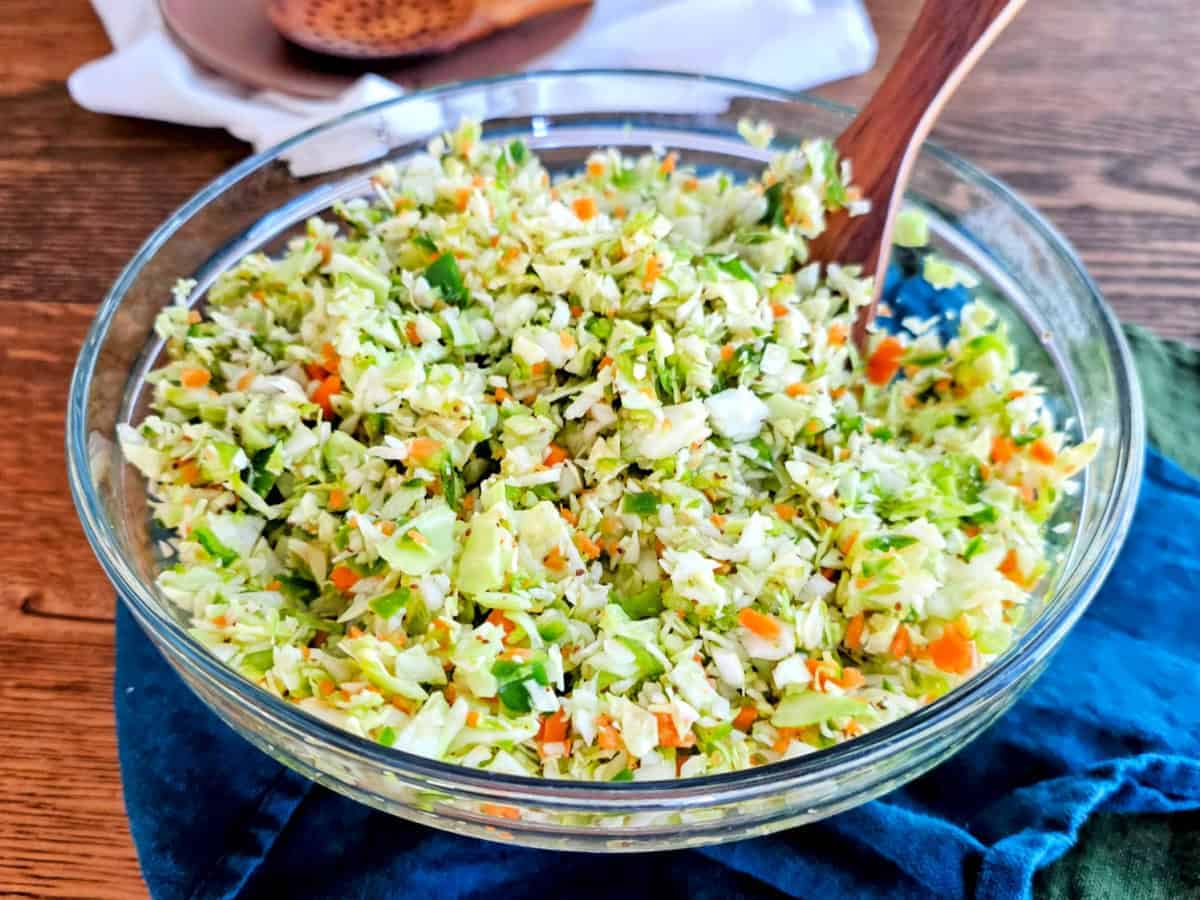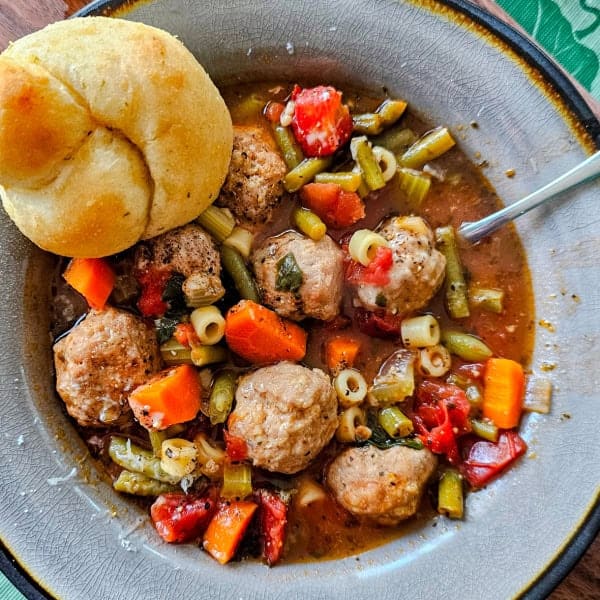Rooted in Tradition. From-Scratch Cooking and Simple, Homemade Living.
What’s New at My Homemade Roots
Creamy Pumpkin & Sausage Baked Rigatoni
Best Old-Fashioned Crockpot Apple Butter (Made from Scratch)
Amish Oven BBQ Burgers | Easy Oven-Baked Comfort Food
Little Autumn Rituals that Bring me Peace
Homemade Haluski (Fried Cabbage and Noodles)
Sweet & Smoky Cherry BBQ Sauce (Made with Real Cherries)

In my happy place – the garden!

In my element – the kitchen!
Hi, I’m Melissa! So Glad You’re Here
Welcome! I’m Melissa—a pro home cook, gardener, and lover of homemade, handmade, and homegrown things. My Homemade Roots is where I share from-scratch recipes, traditional kitchen wisdom, and ways to live simply and in harmony with the seasons. Whether you’re looking to make a pot of soup, bake a loaf of bread, or just crave a slower way of doing things, I hope you’ll find something here that feels like home. Take a look around and explore the recipes, homemaking ideas and all the things I share here.
Reader Favorites
Explore More by Category
Just like flipping through a well-loved recipe box or garden journal, these categories make it easy to find what you’re looking for. You’ll find everything from hearty homemade recipes to helpful hints for the kitchen, home and garden.

The Farmhouse Kitchen
You don’t need to live in the country to enjoy the comforts of farmhouse cooking. It’s all about simple ingredients, seasonal rhythms, and the warmth of a home-cooked meal. These recipes celebrate the kind of food that nourishes body and soul, from summer garden vegetables to cozy winter stews.

Thrifty Recipes
Budget-friendly recipes that make the most of what you have. Hearty, comforting, and always full of flavor.

Pennsylvania Dutch and Amish Recipes
Simple, time-honored dishes inspired by the home cooking of Pennsylvania Dutch kitchens.

Southern Recipes
Savor the flavors of the South with comforting recipes that celebrate tradition, hospitality, and a good home-cooked meal.

Printables
Farmhouse-inspired printables to simplify homemade living—from recipe cards to pantry lists and garden tools.
Search recipes and articles
Favorite Products
Links to my Amazon Storefront, where you can find products I love and recommend. I may earn a small commission for anything you buy through my links, but there is never any extra cost to you.














